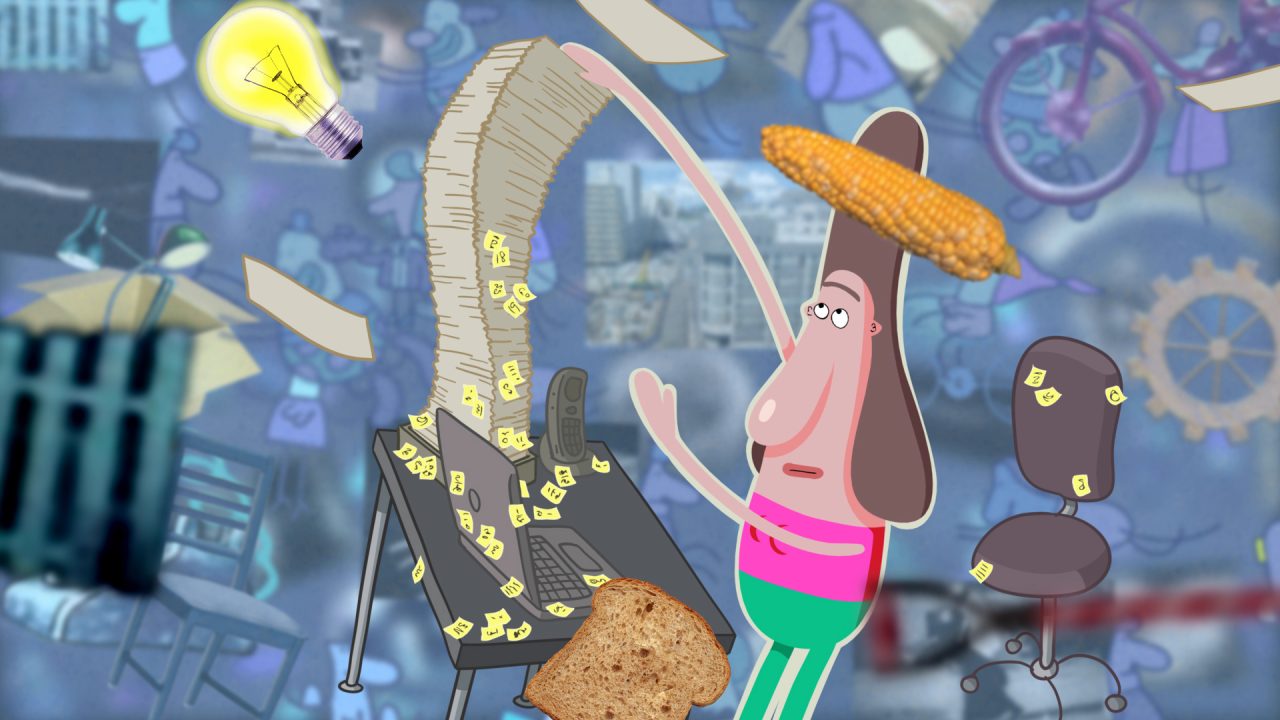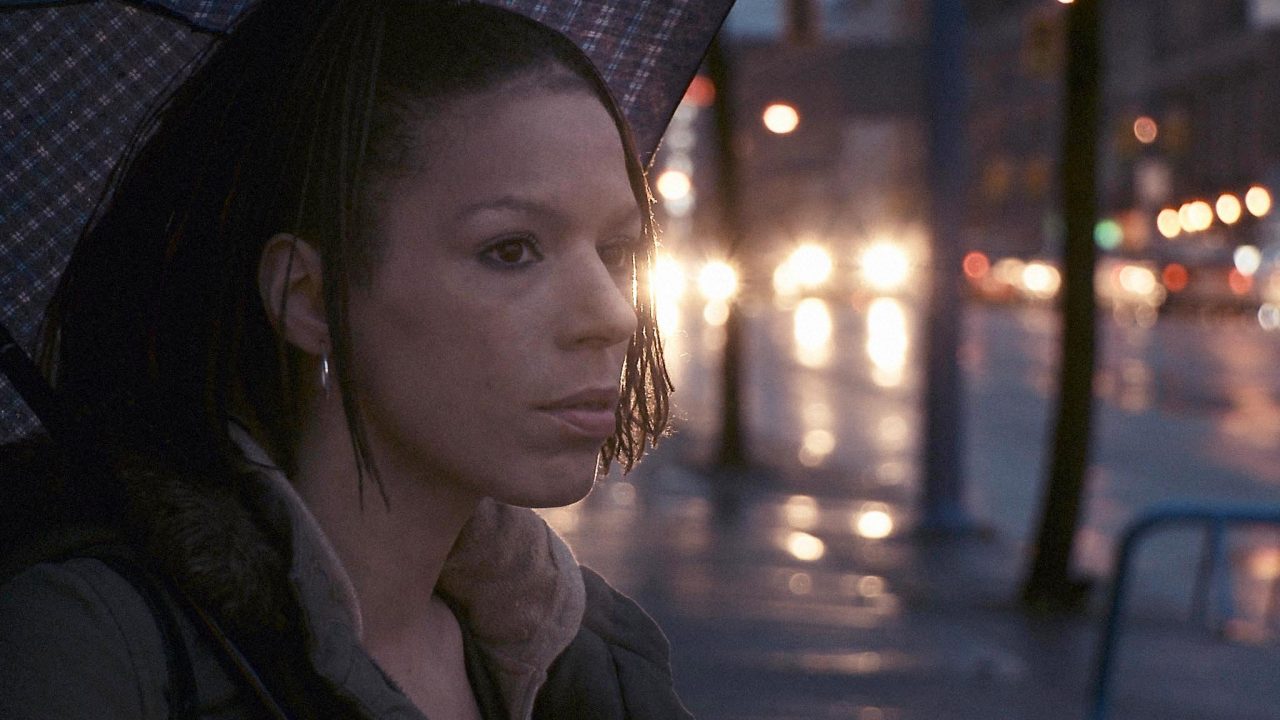
Art for Science’s Sake
Art for Science’s Sake
Using stop-motion animation to discover, discuss, and deconstruct misconceptions when teaching science.
To counteract the chaos of life, we all draw models of the world in our minds—mental maps that we can comprehend and use to make sense of the things around us. Such maps are usually sufficient to explain everyday life—things like how to take the subway, where the moon goes when we can’t see it, why coffee wakes us up, and so on. Curious people will try to refine their mental maps by seeking answers to these questions and others. But what happens when we approach the edges of familiar territory?
An incomplete map
Our mental map constantly interacts with the world around us, generally without too many problems. For example, when driving a car, we refer (often unconsciously) to our knowledge of traffic codes and of how our vehicle works. Of course, we can’t know everything there is to know about the car or traffic codes, but we know enough to drive and maintain it. So our map is functional but incomplete. Who among us understands all the mechanical details of their car? Many aspects of our mental map are also only surface knowledge. For example, we might know that the speed limit is lower in a certain area but not know why. We might think we know why, but the actual reason could be something else entirely. Nevertheless, this surface knowledge is enough to make us slow down in that area.
The map is not the territory
When we encounter a new phenomenon we can’t explain, we are pushed outside the bounds of our mental map. On the one hand, some aspects of the world we thought we understood may turn out to be different than what we had imagined. Or on the other, perhaps our explanation of a phenomenon turns out to be completely wrong. While it may not make a difference in our lives, this new understanding shows us that something below the surface has escaped us. Either of these two scenarios can cause us to experience cognitive dissonance, as our mind tries to reconcile what we see with what we think we know—in other words, to match the map with the territory. In science, we use models to describe the rules that govern the world, rules that can sometimes be explained using mathematics. A good historical example of a change in model that generated its share of cognitive dissonance is the move from a geocentric model of the universe to a heliocentric model. Even today, some people have trouble accepting and understanding this idea.
Alternative conceptions
Explanations for phenomena in the natural world that turn out to be wrong are sometimes called alternative conceptions, or misconceptions, and they are as hard to eliminate as they are to discover. Let’s be clear from the outset that our students’ alternative conceptions are not the same as a lack of knowledge. Rather, they are models that students create, in the absence of formal education, to explain phenomena using snippets of information and incomplete observations. For example, a common alternative conception is that the sun revolves around the Earth rather than the other way around. Some students might arrive at this misconception by observing the sun move through the sky and not feeling the Earth move under them.
Deconstructing alternative conceptions
Correcting an alternative conception is no easy task. One must first be able to recognize it and then confront it repeatedly over a short span. If too little time is spent on a subject about which a student has an alternative conception, they may only partially assimilate the information and create a hybrid model somewhere between reality and their misconception. And if the alternative conception is not directly confronted, the student may simply adopt both systems in parallel without perceiving the conflict between them. The process therefore requires teachers to know exactly what their students’ alternative conceptions are, and this is where a stop-motion animation project can be very useful for both approaching and debunking alternative conceptions.
Stop-motion projects for science class
There are five steps in creating a stop-motion animation for science class. First, students must research the science concept being studied. They then write a storyboard. This step and those that follow give teachers an opportunity to detect any alternative conceptions present among the students. Students then build a physical model that they animate in the subsequent photography step. This involves students animating their model by moving it between each photograph in order to imitate the reality they are trying to describe. The last step, editing, creates a finished product that can be shown in class and evaluated by the teacher. The project also gives the class an opportunity to examine a single topic in several different ways.
Other pedagogical benefits
In addition to exposing alternative conceptions, a stop-motion project has an artistic component that can engage some students who might otherwise have little interest in science. Producing an animated film also turns students into active producers of content rather than passive consumers of it. Many of the abilities engaged in such a project—computer skills for taking photographs and editing, teamwork for doing the research and making the storyboard and model, or writing and planning for the storyboard—have benefits that go far beyond the classroom. And many different types of intelligence are needed to successfully complete such a project—artistic, interpersonal, spatial, and corporeal.
Getting back on track
To get students back on the correct pedagogical track, their alternative conceptions must be challenged in a targeted and repeated manner, such that they completely abandon the old models. Cognitive dissonance is the ideal tool for this purpose, and a stop-motion project challenges students’ alternative conceptions at multiple steps along the way. Discussions between the students themselves during research for the storyboard are the first source of dissonance. In the ensuing writing step, the teacher will have numerous opportunities to detect alternative conceptions and counter them with observations or information. The final project results and the classes that follow are also a chance to discover and challenge students’ misconceptions. Finally, if a teacher notices that students cling to a misconception year after year, they can adjust their pedagogical approach for subsequent groups.
Practical details for a science-class stop-motion project
The constellations we see on Earth only exist as viewed from our solar system. For example, the W of Cassiopeia would change shape if we moved through space. That motion would also reveal that some stars are closer to the Earth than others—the sky has three dimensions.
The prevalence of tablets in the classroom in recent years has opened the door to “slowmation.” A portmanteau of “slow” and “animation,” the term refers to an animated film technique popular in educational settings in which the animation plays at two images per second. This speed allows films to be produced quickly (only 60 photographs are needed for 30 seconds of animation), but if time permits, a speed of 12 images per second will create a convincing illusion of motion.
The NFB’s Stop-Motion Animation Workshop supports students in making stop-motion animation films. A number of online stop-motion applications are available to assist students with their work.
A science-class stop-motion project will involve multiple work sessions. We suggest dedicating two sessions to the research and storyboarding and two others to making the model and filming. A science topic can be split into different concepts and shared among several teams in the class. Screening the films can be a chance for the class to review the entire topic.
Learn to animate—one frame at a time
Experience the National Film Board of Canada’s stop-motion animation workshop online. This web module will teach you how to produce stop-motion animation videos and introduce you to NFB stop-motion animated films.
Yann Audin is a science guide at Montreal’s Rio Tinto Alcan Planetarium. He holds master’s and bachelor’s degrees in physics, with a major in literature and a minor in mathematics. He has worked as a science advisor for the Théâtre Bienvenue aux Dames and as a teaching assistant at Bishop’s University. Yann is passionate about science fiction, astronomy, and film. He is currently studying comparative literature at Université de Montréal.
Pour lire cet article en français, cliquez ici.
Follow the Planetarium on Facebook // Twitter // Instagram // #PlanetariumRiotintoAlcan
Discover more Mini-Lessons | Watch educational films on NFB Education | Subscribe to the NFB Education Newsletter | Follow NFB Education on Facebook | Follow NFB Education on Twitter | Follow NFB Education on Pinterest




